What is most valuable?
- Open API
- Big ecosystem of applications, knowledge, and training
- Flexibility
How has it helped my organization?
I’ve worked with about 30 nonprofit organizations implementing Salesforce. I’ve seen it answer questions that are key to an organization’s strategy, e.g. Does our program work? Which people does it work best for? Where is the revenue coming from? How many people are we serving today/this week/this month/this year?
In addition, it saves hours a day for staff members who track donations, volunteers, etc.
What needs improvement?
Reporting is still not as strong as it should be.
For how long have I used the solution?
I've used the Enterprise Edition for three years/
What was my experience with deployment of the solution?
Salesforce is complicated, and there are plenty of things that can go wrong. With small to medium non-profits, the biggest issue is typically that staff don’t have time to spend using the new system, or that leaders aren’t asking questions of the system. When the system doesn’t get used, it definitely doesn’t work.
What do I think about the stability of the solution?
What do I think about the scalability of the solution?
How are customer service and technical support?
Customer Service:
It really depends. The free customer service isn’t so useful, but that is mitigated by the huge number of consultants, YouTube videos, and KB articles. These resources are just a different level of magnitude than for any other similar product. If you pay for tech support and additional customer service, I believe that the experience is better, but I don’t have direct experience with that.
Technical Support:
The free tech support is really only useful for pretty basic stuff. They get the job done, but it isn’t any fun. It would be nice if they would consent to fix things via email instead of phone calls.
Which solution did I use previously and why did I switch?
I’ve switched organizations from various home-grown solutions, eTapestry, Donor Perfect, Gift Works, and piles of spreadsheets. All those options have their advantages, but none are as flexible as Salesforce.
How was the initial setup?
I did set it up for an organization where I worked, and it was complex but now I’m very comfortable doing it, however, your average non profit staffer is not.
What about the implementation team?
I've been the vendor, except when I set it up for the organization where I worked.
What was our ROI?
The price point for non profits is very low, as the first 10 users are free and subsequent users are about $30 per user per month. There’s also the investment either in significant staff training or in a consultant, but for something as simple as a donor database, you’re probably looking at a one time cost of about $3000-$5000. Ongoing costs depend on the time and tech skills you have on staff. Organizations with one person who is interested and able to spend some time on it can need as little as 10 hours from a consultant per year, but those who need more assistance might need more like 48+ hours per year. Prices for consultants vary widely, as does quality. In terms of the return on that investment, a non profit that uses the system well should be able to raise more money with the data and time savings provided. Some organizations do this by better identifying and following up with donors, and some are able to demonstrate their effectiveness and better compete for grants.
What's my experience with pricing, setup cost, and licensing?
It depends entirely on how complex the use of the system is. A system that does day-to-day program management, volunteer management, donor management, and outcomes tracking can cost upwards of $40K. A basic donor database can be as little as $3000-$5000.
Which other solutions did I evaluate?
For different organizations, I’ve evaluated Sugar CRM, eTapestry, Gift Works, Donor Perfect, Wild Apricot and Neon. These products all have their advantages, but only Sugar CRM has the open API and flexibility of Salesforce. Unfortunately, Sugar’s ecosystem is tiny compared to Salesforce’s. It is much harder to find qualified consultant, online resources are paltry in comparison, and I’ve been told by web developers that Sugar is horrible to interface with.
What other advice do I have?
Hire someone to help, even if you just hire them to spend a few hours pointing you in the right direction. Make sure you’re ready to use the product, Salesforce provides pretty good resources for evaluating this. However, the big thing you need are leaders who are asking the important questions and who will give staff time to devote to setting up and using the product. Without those two things, it doesn't matter who you hire or how much money you spend, you won’t be successful.
Disclosure: My company does not have a business relationship with this vendor other than being a customer.

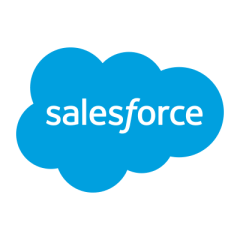




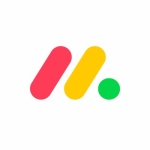



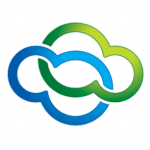
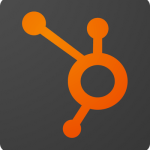


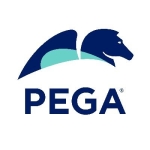

We were trying to integrate it with SAP ERP. But the integration project was freezed, not because of salesforce or any tech concern.
About the Complex Solution Sales, our process involved a lot of items, with different configurations and options. Our opportunity value was based on items prices and a few other prices. In this situation, the description of opportunity became very hard for our sales team. They need to track these items and prices in an excel sheet that did not integrated well with salesforce.